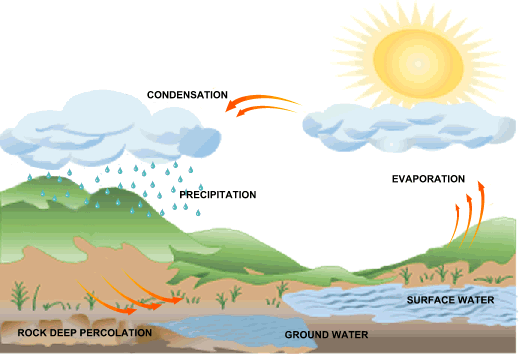What is the law? According to a website Law can be described
as a system of rules and guidelines which are enforced through social
institutions to govern behavior. Laws are made by governments, specifically by
their legislatures. The formation of laws themselves may be influenced by a
constitution (written or unwritten) and the rights encoded therein. The law
shapes politics, economics and society in countless ways and serves as a social
mediator of relations between people.
ENVIRONMENTAL LAWS
Almost everything we do is administrated by some set of
rules. There are rules for every sports, company, community, social club,
examination, traffic etc. that we need to follow to uphold the law’s purpose
and orderliness. There are also rules set about our morality and custom that
states what we should and shouldn't do. Laws are rules imposed to the people by
the state. Everyone should obey the law
at all times whether they like it or not.
Environmental laws are one of the most important yet the
most neglected law in our country. News about illegal logging and deforestation is always on the air but never did they say about capturing the
culprits. Same goes for the problems in water and air pollution. I think that
maybe our environmental laws are a bit outdated but it is not the reason of our
nature’s destruction. Law enforcers should do their job better and think for
the better good rather than personal gain. People also should know the
importance of our environment and maybe able to discipline their selves and stop
in their own way our nature’s deterioration.
If I will be given a chance to make my own law, I will
inhibit the construction of golf courses and clubs and the like if the site is
a home for a number of trees. I think those projects are more of a detriment
than a benefit for the society and an entertainment for some people should not
be an excuse for the destruction of the nature. I think that it is us that
should adjust to our environment and not the other way around. We should always
place the nature above people or experience the consequences later on.





